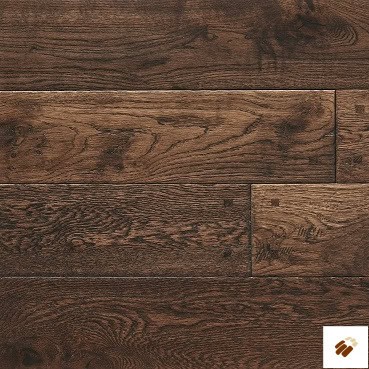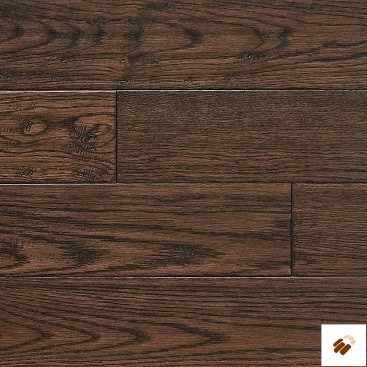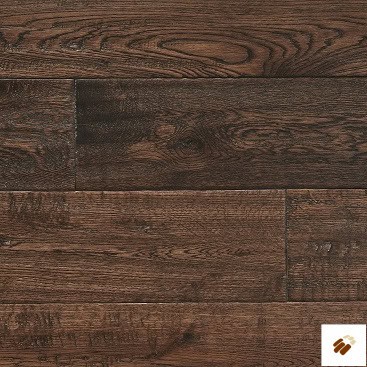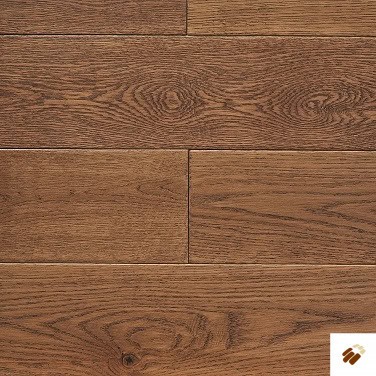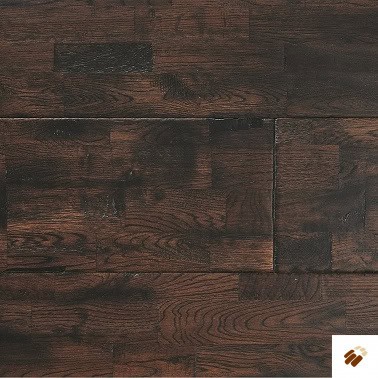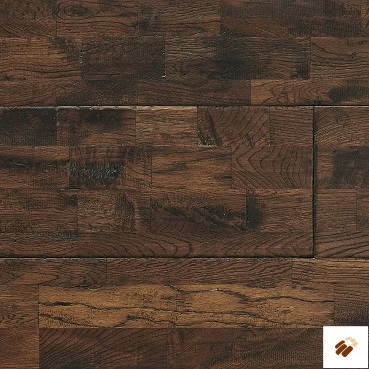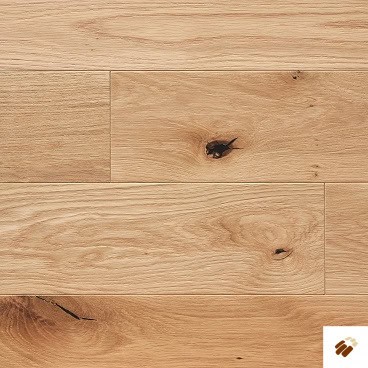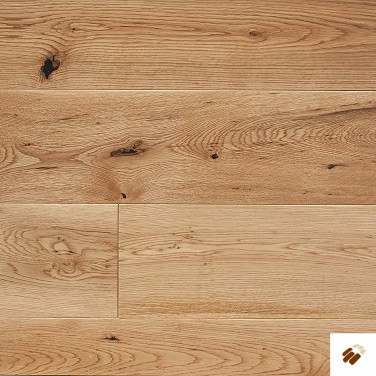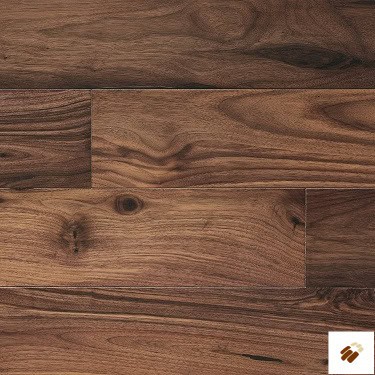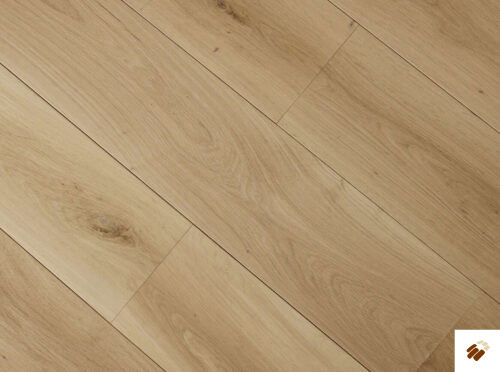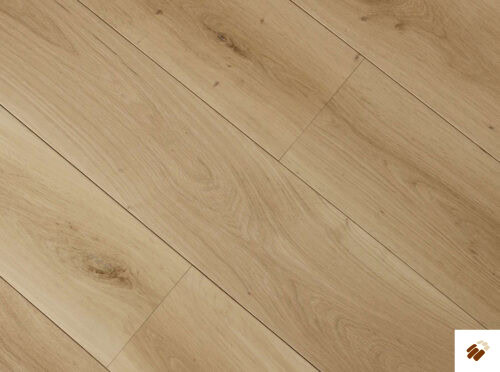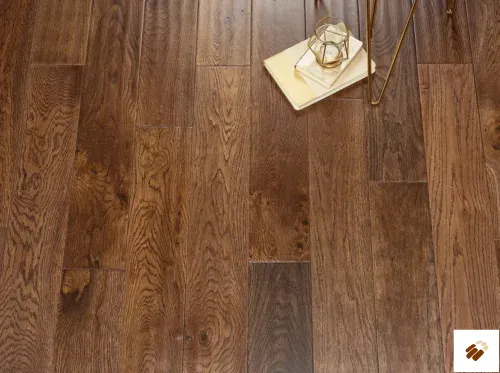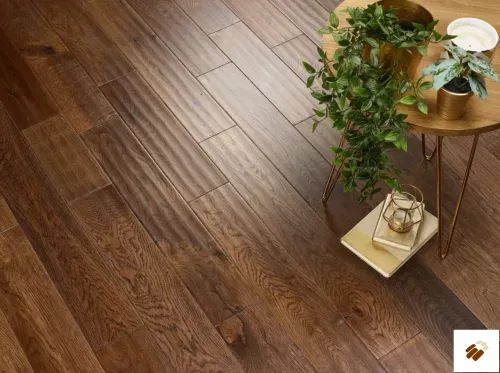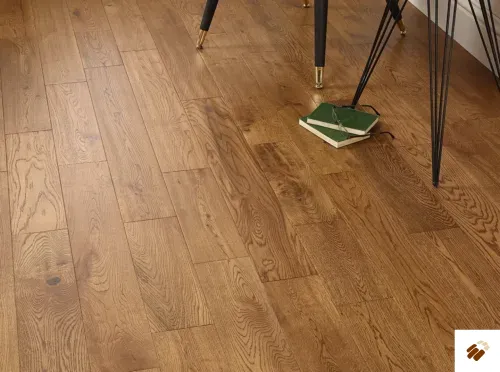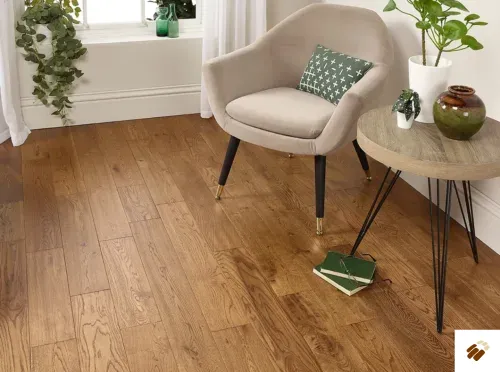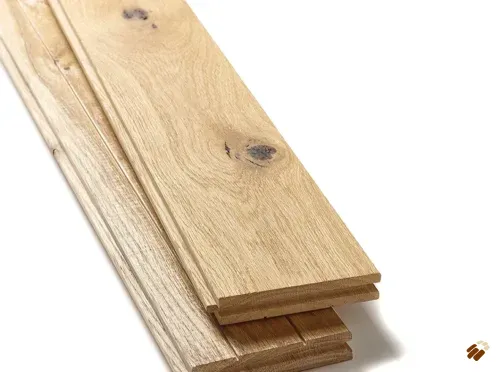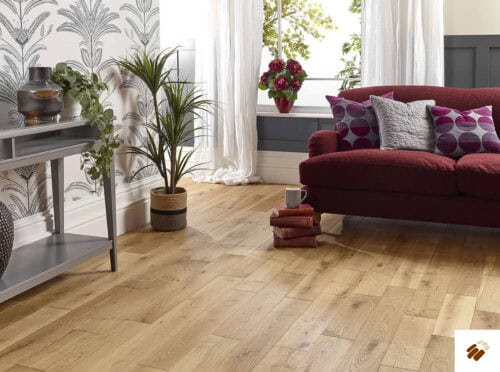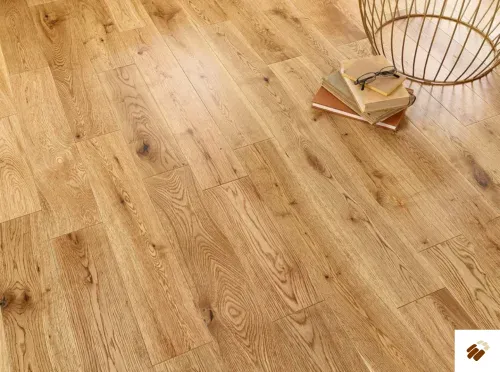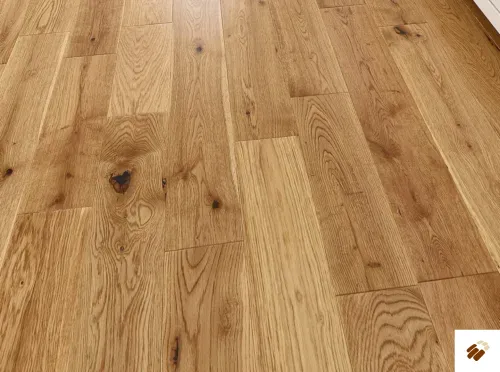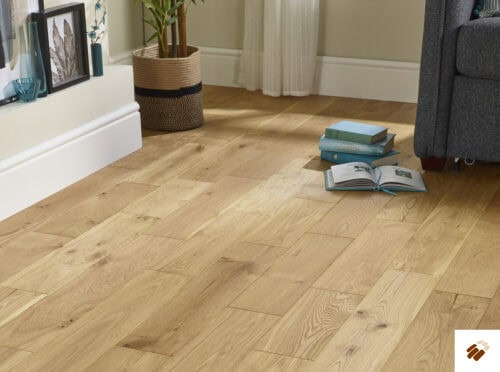Area covered per pack: 2.2m2
Chatsworth Oak flooring is the perfect choice if you are looking to achieve an authentic, luxurious wood finish in your home. The antique stained lacquer gives the floor a timeless aged appeal as well making it durable and easy to maintain.
Rustic grade has the potential to include all characteristics across the majority of boards with knots appearing in varying sizes as well as many levels of natural colour variation in the timber to be expected. A varying amount of sapwood is possible, checks that are likely to be present will be filled in a colour to complement the natural look of the timber.

